Winter in Kyoto, Japan is a moment of intersection between nature and culture, when snow covers the ancient temples and peaceful streets. Traveling to Kyoto, Japan in winter is like stepping into a fairy tale scene, where traditional beauty blends with the tranquility of winter, bringing an unforgettable and enchanting experience.
1. Winter weather in Kyoto Japan
Winter in Kyoto brings a peaceful, quiet beauty in the cold weather. The average temperature is about 10 degrees Celsius, especially in January when it sometimes reaches 0 degrees Celsius. Snow covers the entire path. Warm sunny days occasionally appear, making it an ideal time for tourists to visit ancient temples. Traveling to Kyoto, Japan in winter is not only about exploring nature but also experiencing peace and tranquility, different from the usual bustling pace of life, making the journey more memorable.
2. Interesting experiences when traveling to Kyoto, Japan in winter
Winter in Kyoto not only brings pristine white snow scenery, but also opens up countless unique and interesting experiences. Traveling to Kyoto, Japan in winter will make you fascinated in every moment.
2.1. Skiing
Great skiing experience when traveling to Kyoto in winter (Photo source: Collected)
Winter in Kyoto is not only attractive because of the pristine white snow scenery but also brings exciting winter sports experiences, especially skiing. Traveling to Kyoto, Japan in winter will become more interesting when you come to explore three famous ski destinations here: Hirogawa Ski Resort, Oeyama Ski Resort and Swiss Ski Village.
Not only are these places a place to test your skiing skills, they also offer the opportunity to enjoy the majestic beauty of Kyoto’s mountains covered in pure white snow. The experience of skiing in Kyoto in winter will definitely leave an unforgettable impression on visitors, from the refreshing feeling of gliding on the snowy slopes to the peace of admiring the romantic winter scenery.
2.2. Relaxing onsen bath
Experience a relaxing winter onsen bath in Kyoto (Photo source: Collected)
Experiencing an onsen bath at Kurama when traveling to Kyoto in winter will bring you a feeling of absolute relaxation. In the cold of winter, soaking in natural hot mineral water not only helps dispel fatigue but also warms the body, promotes blood circulation and improves health.
In particular, the surrounding snow-covered mountains and forests create a breathtaking natural picture, giving the feeling of being immersed in nature. Bathing in an onsen at Kurama is a unique experience, both relaxing and fully enjoying the peaceful beauty of Kyoto in winter.
2.3. Enjoy Japanese tea ceremony
Enjoy traditional tea ceremony in Japan (Photo source: Collected)
With a higher elevation and a colder climate than Tokyo or Osaka, Kyoto is an ideal destination for those who love fresh air. After hours of visiting the attractive places in Kyoto, you can visit Kimono Tea Ceremony Maikoya to participate in a traditional tea ceremony.
Here, you will be dressed in traditional Kimono, enjoy delicious matcha tea and indulge in interesting activities such as origami. Don't miss the opportunity to immerse yourself in this long-standing culture, where each cup of tea contains the soul and serenity of Japan.
2.4. Enjoy winter specialties in Kyoto
Must-try warm winter dishes (Photo source: Collected)
When traveling to Kyoto, Japan in winter, culinary experiences become an indispensable journey in exploring the culture here. Delicious dishes such as:
- Soba Noodles: A famous traditional Japanese noodle dish made from buckwheat flour, rich in nutrients and often served with tempura and sushi.
- Ramen: Features a light broth made from chicken or pork bones, along with delicious chewy noodles. Ramen is often garnished with pork patties, soft-boiled eggs, green onions and seaweed, creating a rich and delicate flavor.
- Yatsuhashi: Kyoto's signature sweet, shaped like fried wontons, filled with delicious red bean paste. Inspired by the Koto, a traditional Japanese musical instrument.
- Nama-fu: Traditional Kyoto tofu, with plump, colorful tofu and a sweet, rich flavor that will satisfy even the most demanding diners.
3. Attractive places in winter in Kyoto
Traveling to Kyoto in winter not only feels the cold winter but is also a great time to explore the magnificent beauty of ancient temples and stunning natural scenery. When the white snow gently falls, the city becomes a poetic picture, where you can immerse yourself in the quiet and peaceful space.
3.1. Gion Old Town
Quiet Geisha Cultural District in the middle of winter (Photo source: Collected)
Gion Old Town, the heart of Geisha culture, is one of the must-see destinations when traveling to Kyoto, Japan in winter. This place is famous for the image of beautiful geisha, but in winter, the street becomes quiet and no longer bustling like in the peak season, creating a strangely peaceful atmosphere.
Although the charming Geishas are no longer visible, Gion still attracts tourists with its romantic and cozy beauty. White snow covers the ancient houses close together, making you feel like you are lost in a fairy tale world. This is also a great opportunity for you to stop at traditional tea houses, enjoy tea ceremony and explore the unique culture of Kyoto and Japan.
3.2. Sagano Bamboo Forest Road
Unique Sagano bamboo forest road in winter (Photo source: Collected)
Sagano Bamboo Forest Road, one of the most beautiful destinations in the world. About 400 meters long, this road leads you into a magical space, where light passes through the tall bamboo canopies, creating a scene like in ancient movies. In winter, when the snow covers the road, it becomes quiet, like being lost in a mysterious and peaceful world. This is truly an indispensable experience for those who love the quiet and profound beauty of Kyoto.
3.3. Kinkaku-ji Golden Temple
Kinkaku-ji Temple stands out in the white snow of winter (Photo source: collected)
Kinkaku-ji, or Golden Pavilion, is a resplendent symbol of Kyoto, a place of unique cultural and architectural beauty. Recognized by UNESCO as a world cultural heritage, the temple stands out with three different architectural floors, each with its own distinct style but perfectly blended together, creating a rare sophistication.
In winter, the Golden Temple is covered with a white snow coat, which further enhances the splendor of the brilliant golden light. Coming here on a winter trip to Kyoto, you will not only admire the mysterious architecture but also feel the quiet, peaceful space.
3.4. Tenryuji Temple
Tenryuji temple garden covered in white snow (Photo source: Collected)
Tenryuji Temple is located next to the Sagano Bamboo Forest, and embraces a beautiful landscape with a large lake and majestic mountains. Tenryuji Temple is not only a spiritual destination but also a beautiful work of architectural art. Despite experiencing many fires, the temple still retains its ancient beauty, clearly reflecting Japanese culture.
In the quiet space of winter, when the white snow covers the landscape, you will feel a strange peace and comfort. Strolling in the garden around the temple, taking pictures with the beautiful natural scenery and praying for peace for your family, you will have unforgettable experiences.
3.5. Kiyomizu Temple
Kiyomizu Temple with unique architecture in the white snow (Photo source: Collected)
Standing out in the snowy landscape, Kiyomizu Temple attracts not only by its sacredness but also by its unique architectural beauty. With three streams of water considered symbols of “longevity”, “love” and “success in studies”, Kiyomizu Temple has become a place to pray for good things, attracting both international tourists and local people.
The special thing is that from the high tower of the temple, you can see the whole view of Kyoto, especially when the snow falls and covers the roof tiles, creating a beautiful picture of the ancient capital. The winter scenery here is like a vivid ink painting, making anyone who visits fascinated.
Traveling to Kyoto, Japan in winter is not just a trip, but a journey to discover the wonders hidden in each snowflake and the peaceful scenery. If you want to experience the poetic beauty and unique culture of the land of cherry blossoms, let Vietravel accompany you.
Source: https://www.vietravel.com/vn/am-thuc-kham-pha/du-lich-kyoto-nhat-ban-mua-dong-v15904.aspx


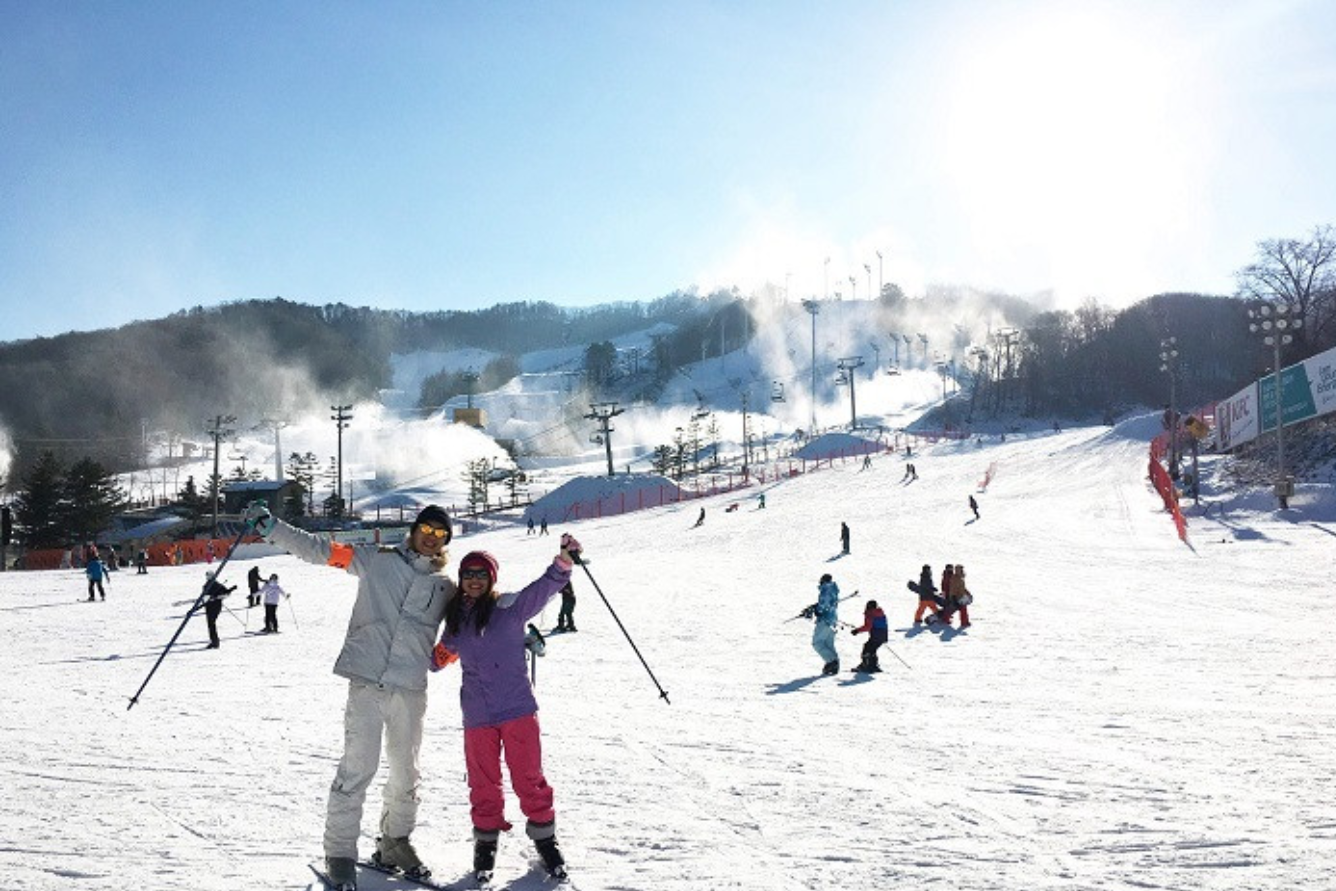
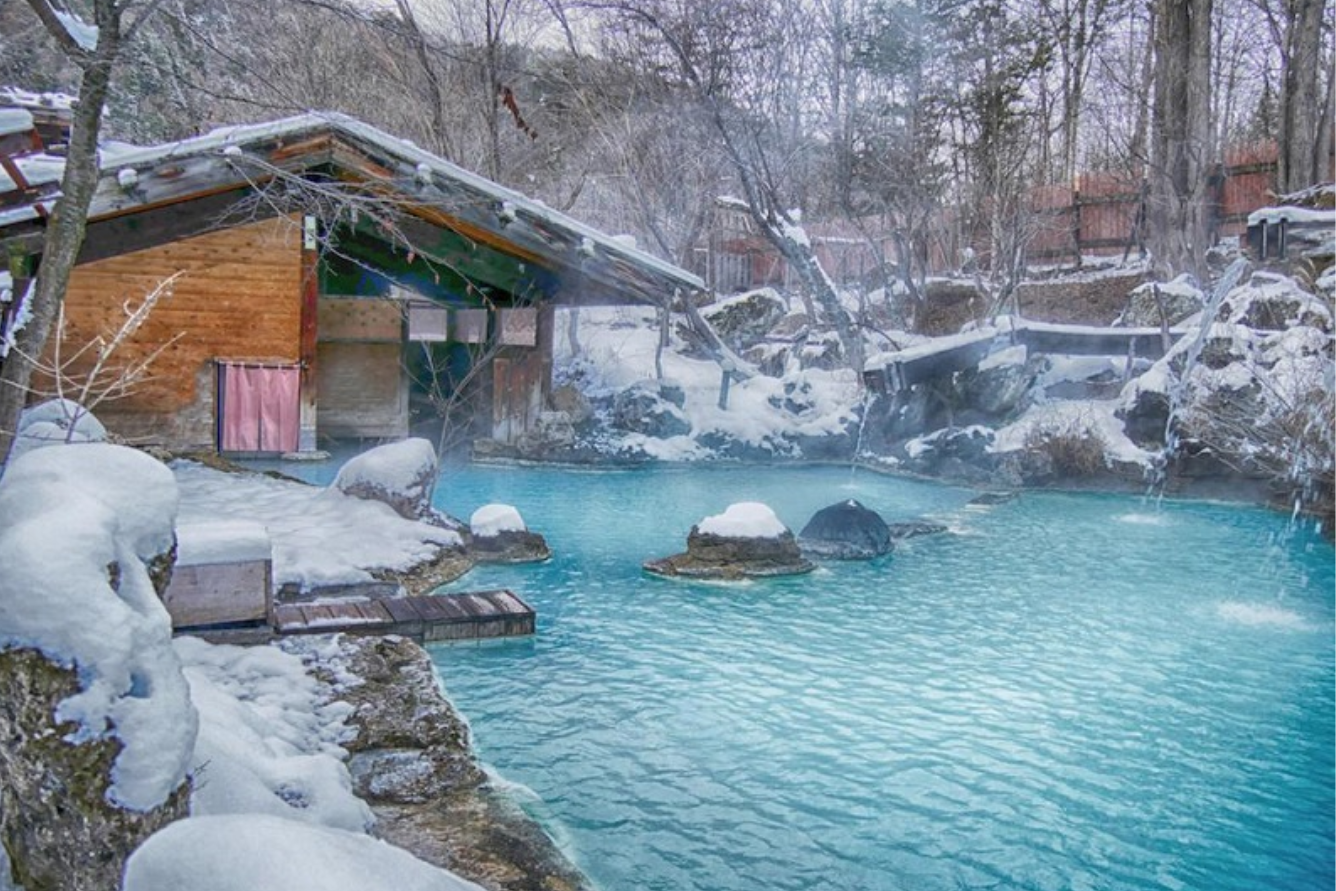
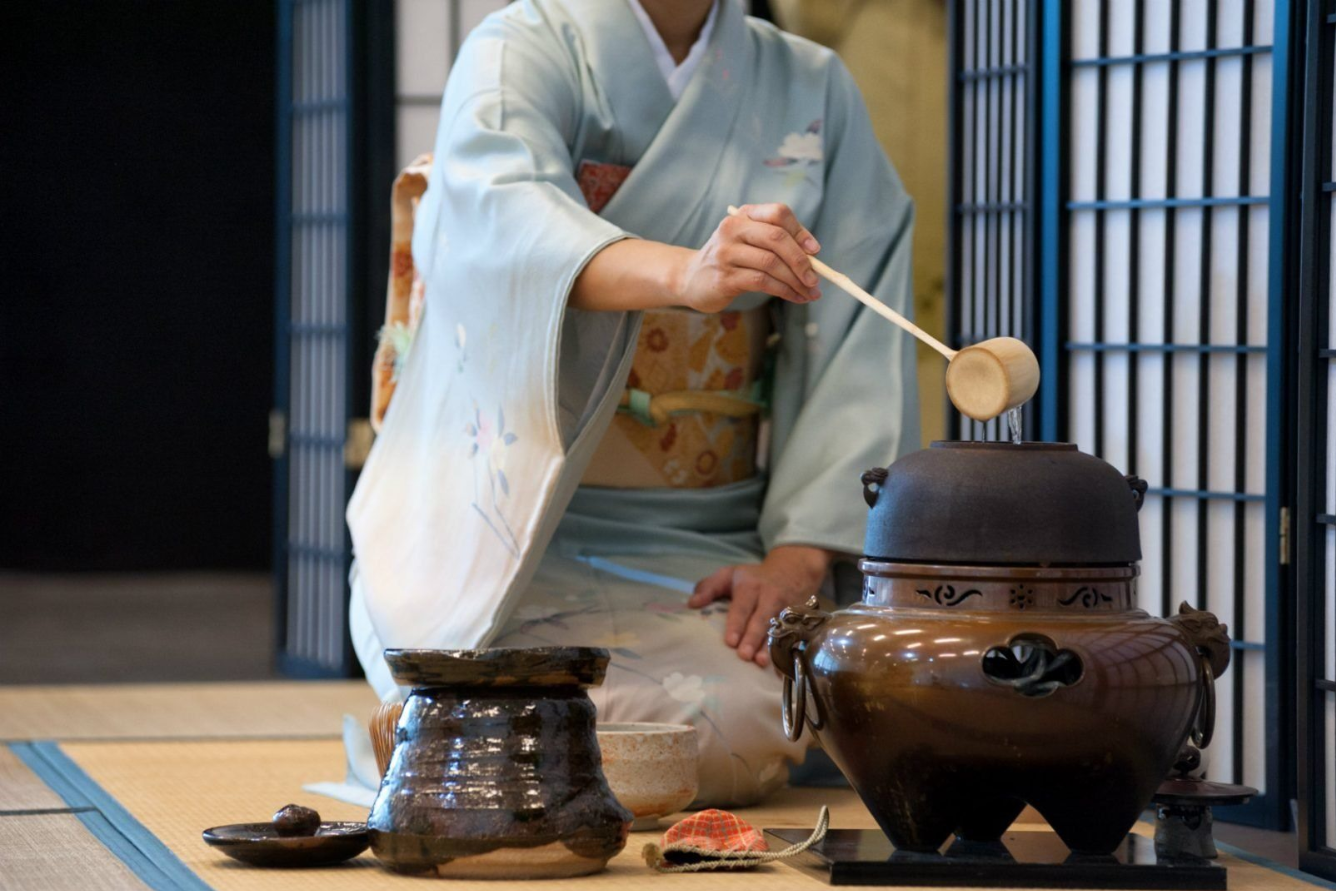
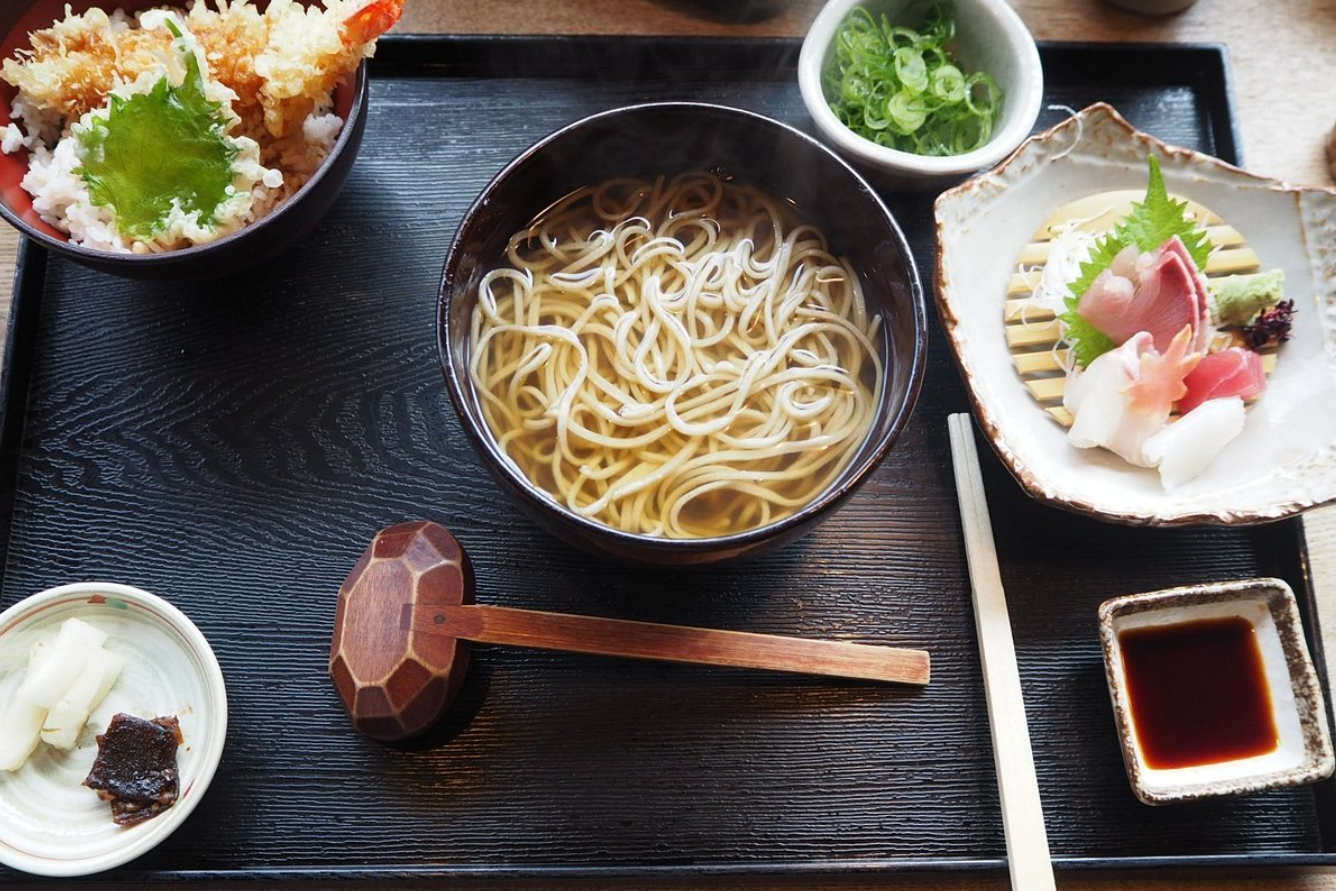
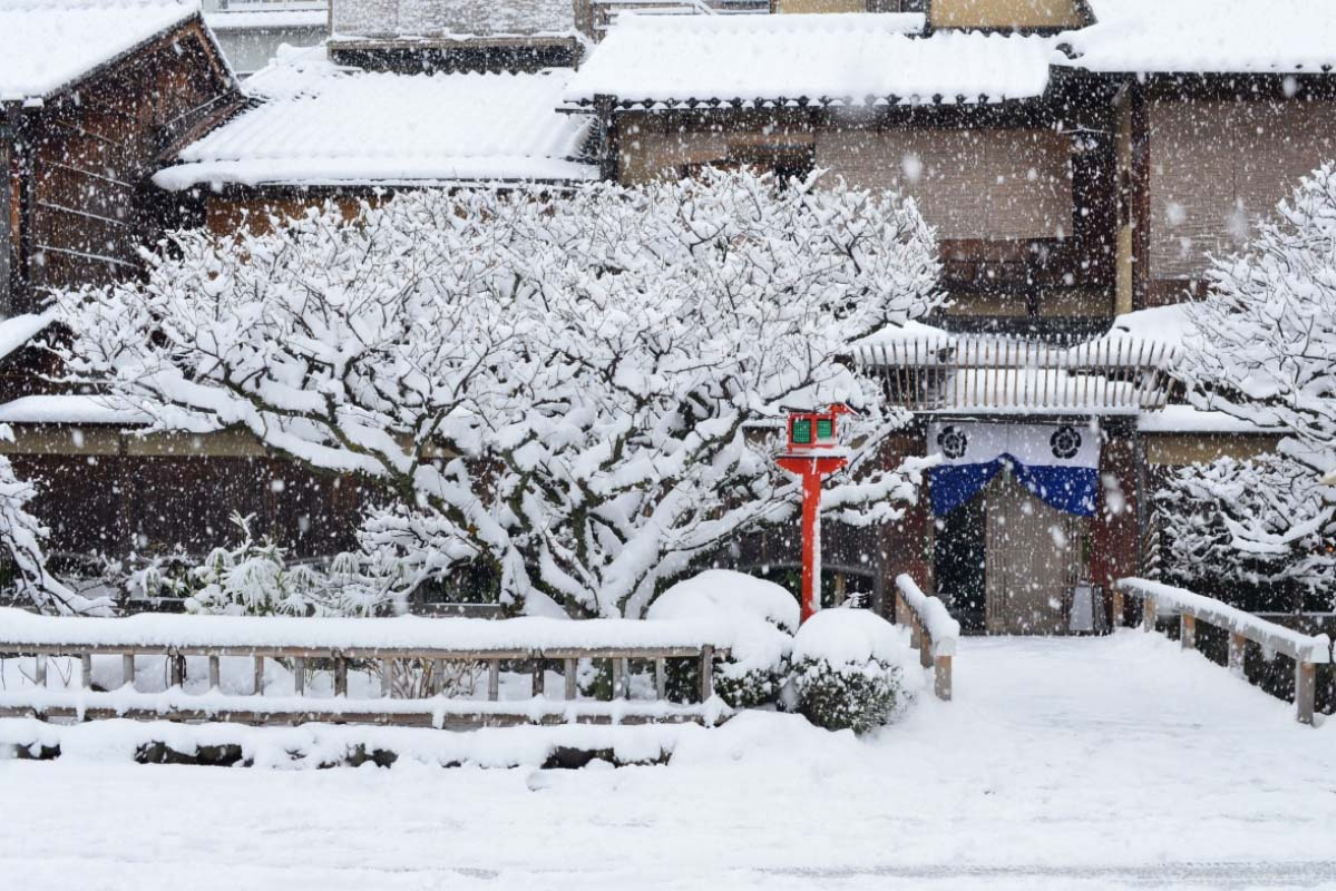
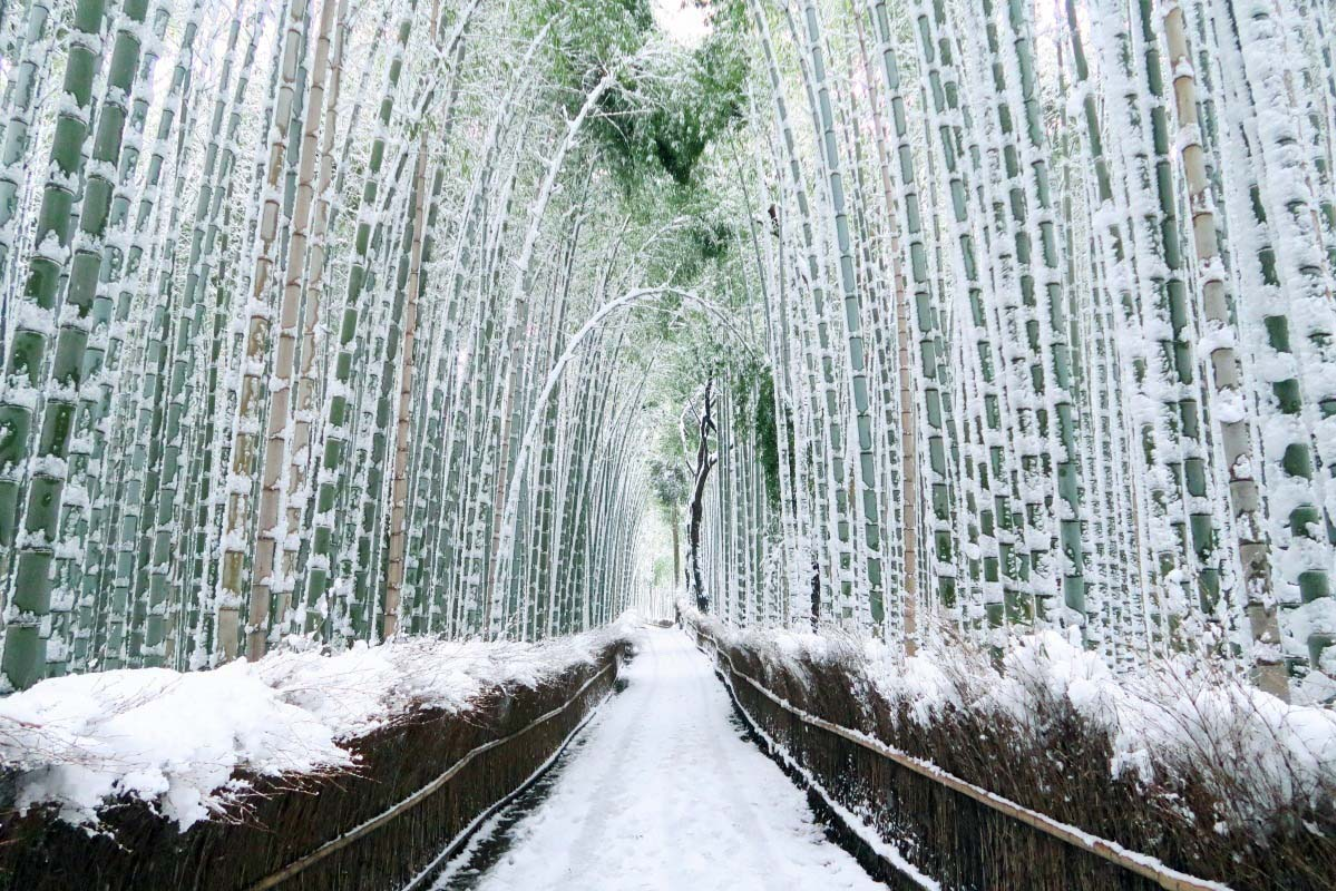
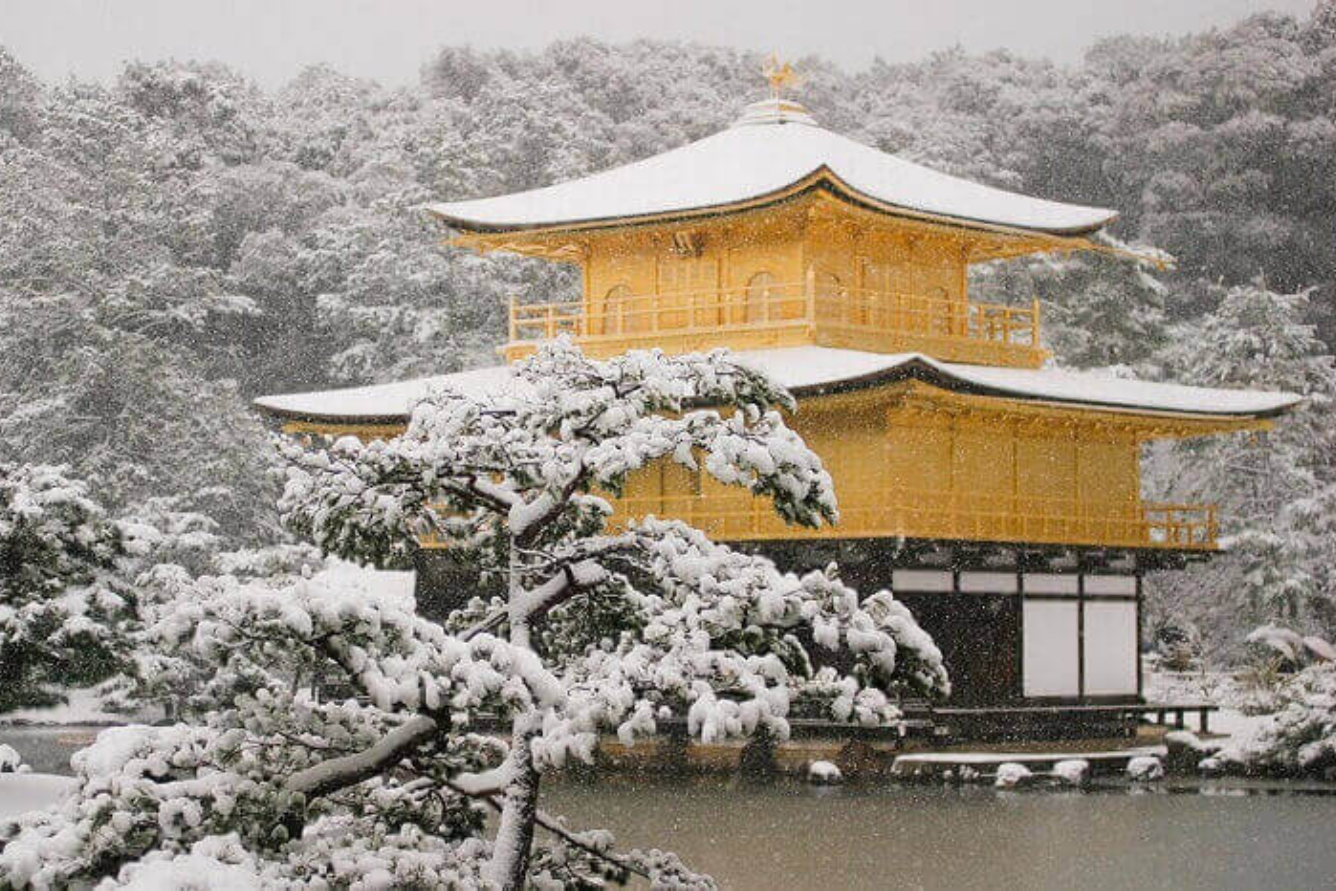
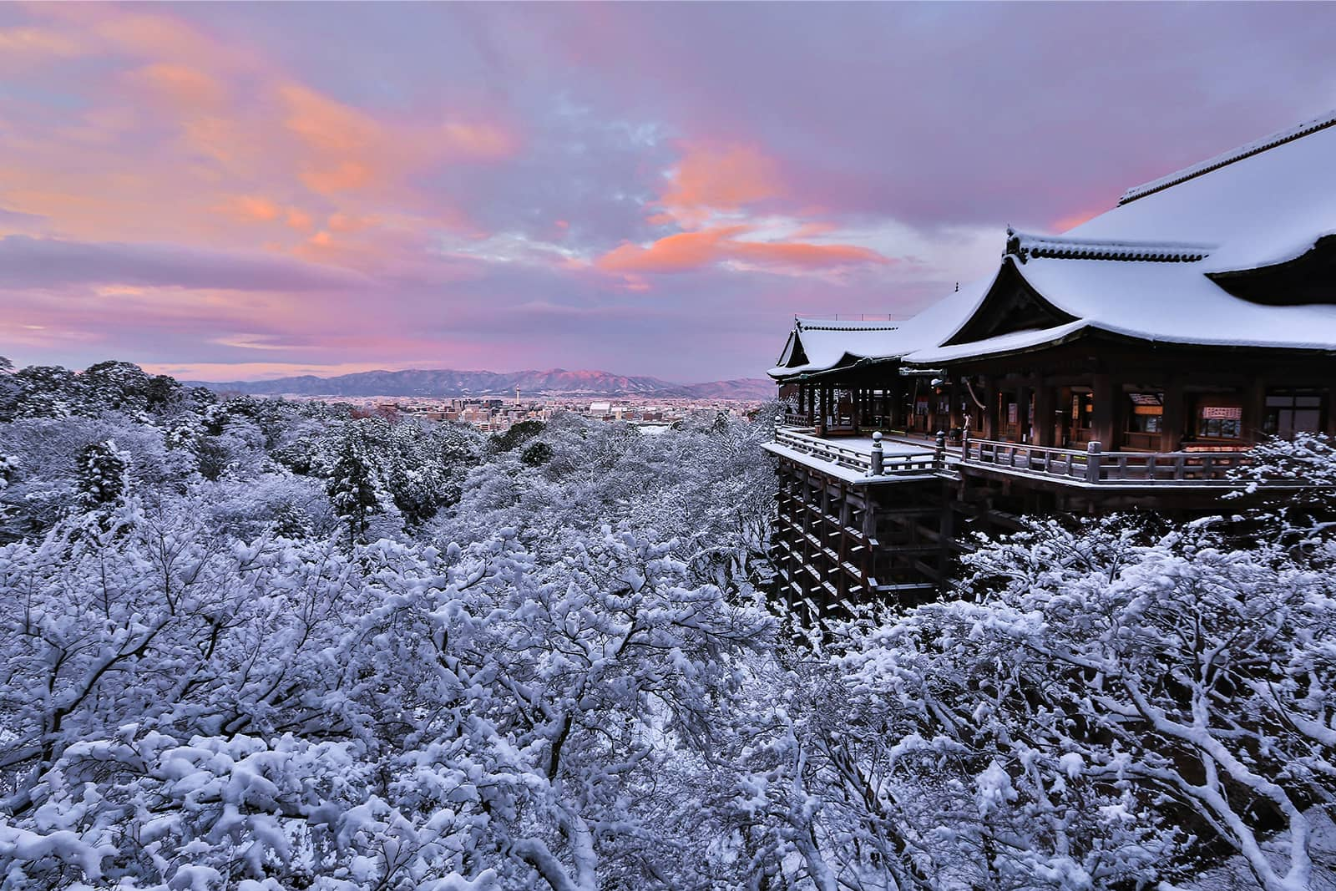
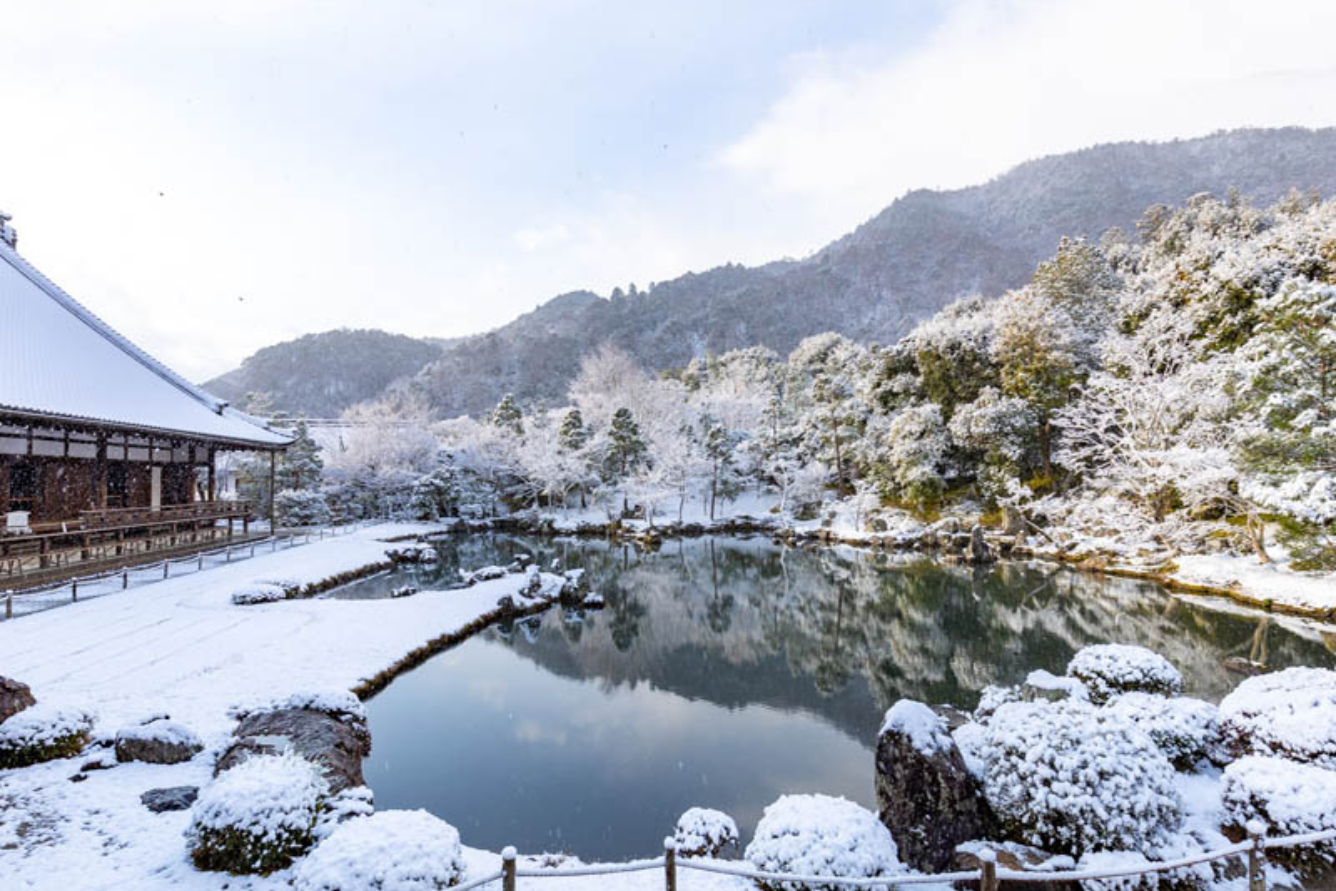





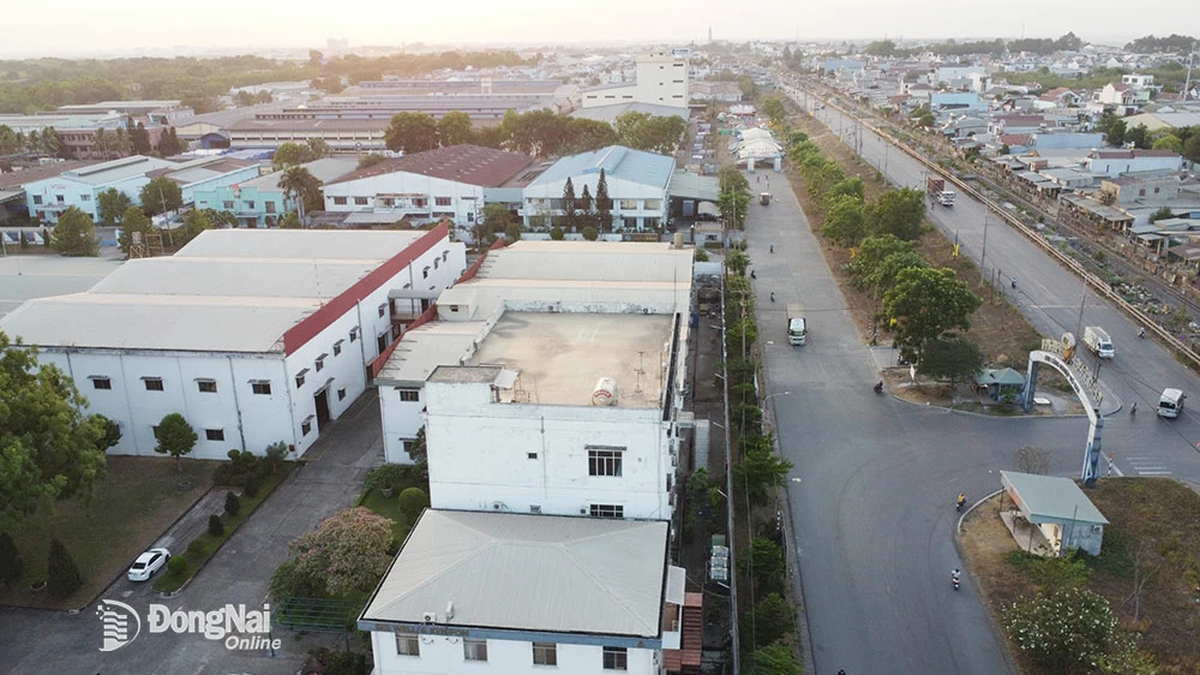

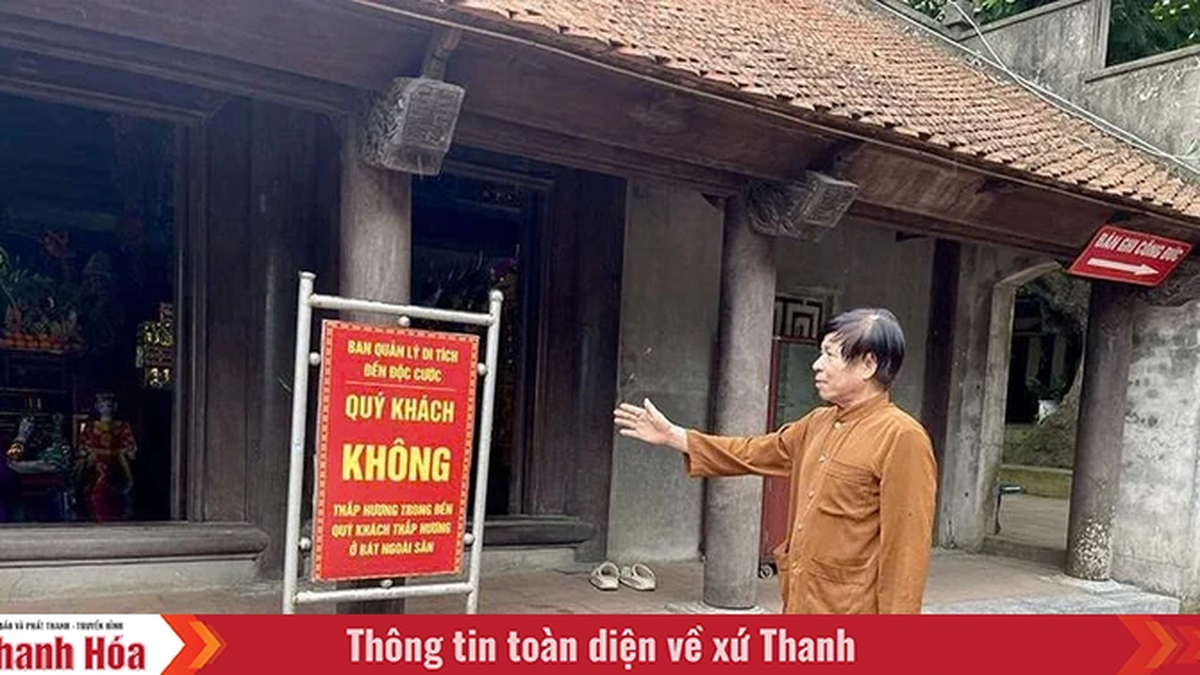

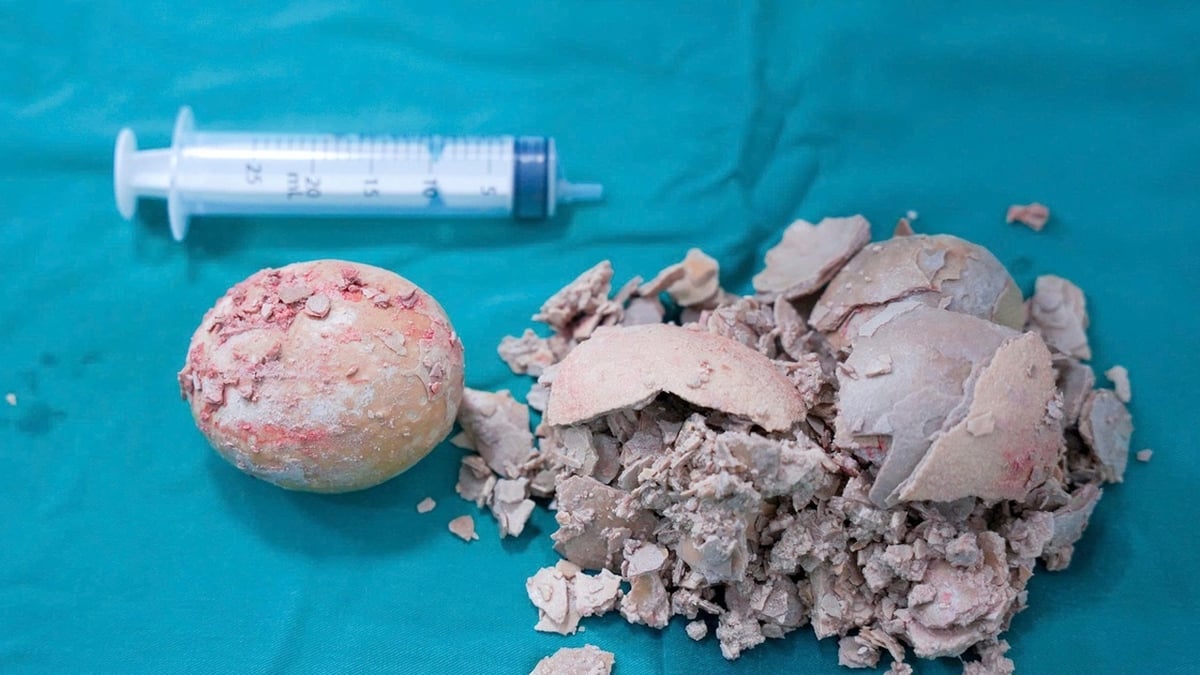








































![[Maritime News] More than 80% of global container shipping capacity is in the hands of MSC and major shipping alliances](https://vphoto.vietnam.vn/thumb/402x226/vietnam/resource/IMAGE/2025/7/16/6b4d586c984b4cbf8c5680352b9eaeb0)












































Comment (0)